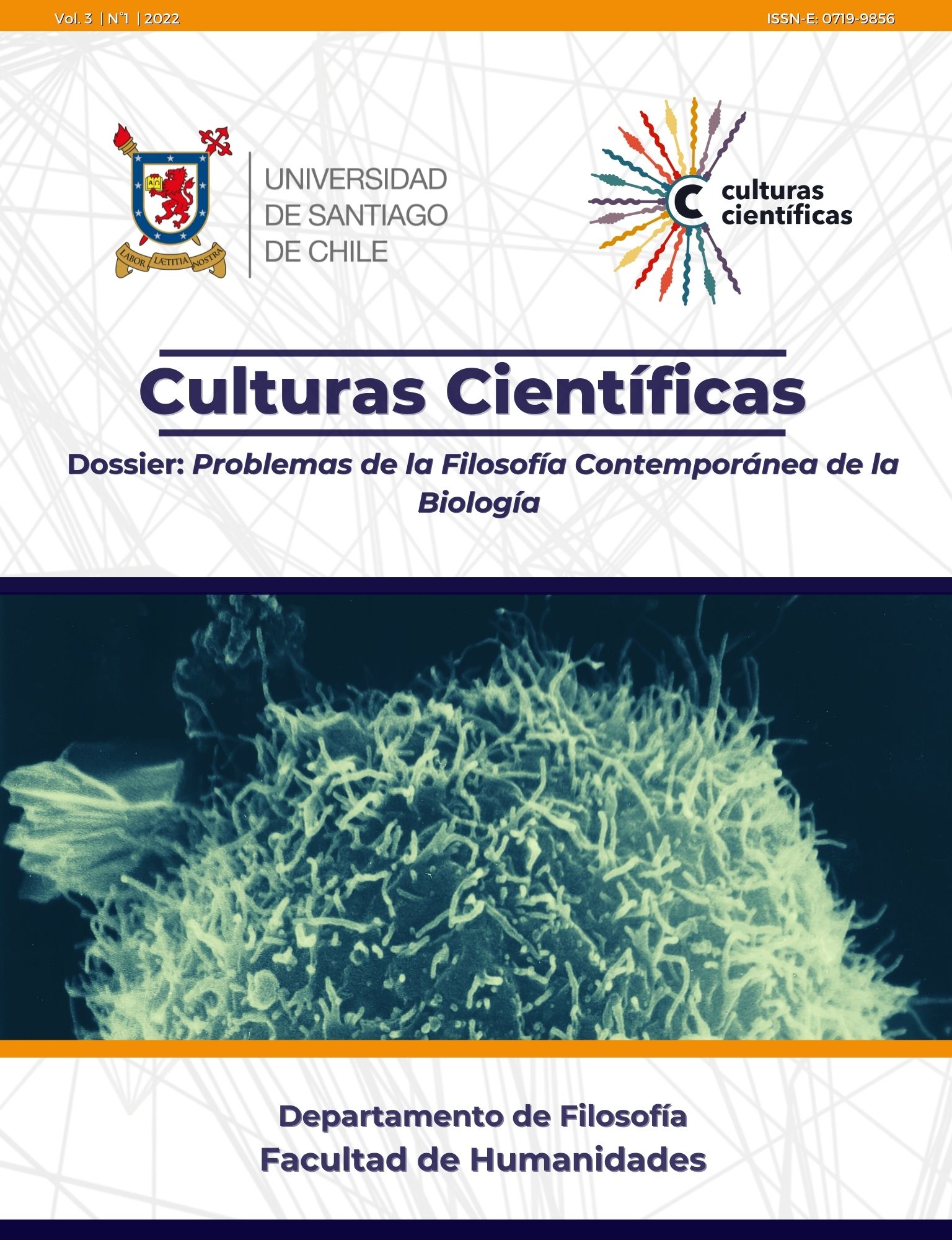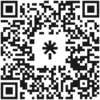The Origin of Blushing
Expression of Emotions, Race and Anti-slavery in Darwinian works.
DOI:
https://doi.org/10.35588/cc.v3i1.5493Keywords:
Charles Darwin, The Expression of Emotions, The Descent of Man, Blushing, AntislaveryAbstract
Some aspects of Charles Darwin's The Expression of Emotions may be puzzling. In explaining how such expressions originate, Darwin rarely appeals to natural selection. Instead, he appeals mainly to the idea that voluntary movements are associated with emotions, becoming innate and involuntary by habit, as they are inherited to offspring. Although Darwin gives several reasons to defend this explanation, in this paper I will try to show that if the book on expressions is understood concerning the explicit and implicit aims of The Descent of Man (the book of which it was originally meant to be a chapter), the matter is better understood. In particular, the thesis that Desmond and Moore put forward regarding the importance of Darwin's anti-slavery ideals in the treatment of race is interesting. In this paper I will argue that Desmond and Moore's approach can be extended to the book about expressions. Specifically, I will establish links between the explanation of the origin of races and the explanation of the origin of blushing.
Downloads
References
Alter, S. G. (2007). “Separated at Birth: The Interlinked Origins of Darwin’s Unconscious Selection Concept and the Application of Sexual Selection to Race”. Journal of the History of Biology, 40(2): 231-258. https://doi.org/cndn67
Barrett, P. H., Gaurey, P. J., Herbert, S., Kohn, D. y Smith, S. (1987). Charles Darwin's Notebooks 1836-1844: Geology, Transmutation of Species, Metaphysical Enquiries. Ithaca, New York: Cornell University Press
Bell, C. (1844). The anatomy and philosophy of expression (3.a ed.). London: John Murray. https://doi.org/b7z2j4
Black, J. (2002). “Darwin in the World of Emotions”. Journal of the Royal Society of Medicine, 95(6): 311-313. https://doi.org/h49g
Blanco, D. (2012). “Primera aproximación estructuralista a la Teoría del Origen en Común”. Ágora, 31(2), 171-194. https://doi.org/h49h
Bowler, P. J. (1996). Life’s Splendid Drama. Chicago: The University of Chicago Press.
Browne, J. (1985). “Darwin and the expression of emotions”. En D. Kohn (Ed.), The Darwinian Heritage (p.307-326). Princeton: Princeton University Press.
Burgess, T. H. (1939). The Physiology of Mecnanism of Blushing. London: John Churchill.
Caponi, G. (2011). La segunda agenda darwiniana. Contribución preliminar a una historia del programa adaptacionista. México: Centro de estudios filosóficos, políticos y sociales Vicente Lombardo Toledano.
Caponi, G. (2020). “El estatuto de las «razas humanas» en contextos monogenistas, poligenistas y evolucionistas (siglos XVIII y XIX)”. Revista Helius, 3(1), 508-562.
Cronin, H. (1991). The Ant and the Peacock. Cambridge: Cambridge University Press.
Darwin, C. R. (1859). On the origin of species by means of natural selection. London: John Murray.
Darwin, C. R. (1871a). The Descent of Man, and Selection in Relation to Sex (Vol. I). London: John Murray. https://doi.org/dz2njn
Darwin, C. R. (1871b). The Descent of Man, and Selection in Relation to Sex (Vol. II). London: John Murray. https://doi.org/dz2njn
Darwin, C. R. (1872a). On the origin of species by means of natural selection (6th ed.). London: John Murray. https://doi.org/cb2nwh
Darwin, C. R. (1872b). The Expression of the Emotions in Man and Animals. London: John Murray. https://doi.org/bjdch4
Darwin, C. R. (1876). The effects of cross and self fertilisation in the vegetable kingdom. London: John Murray. https://doi.org/h49k
Darwin, C. R. (1877a). The different forms of flowers on plants of the same species. London: John Murray. https://doi.org/h49m
Darwin, C. R. (1877b). The Various Contrivances by which Orchids are Fertilised by Insects. London: John Murray. https://doi.org/h49n
Darwin, C. R. (1958). The autobiography of Charles Darwin 1809-1882. With the original omissions restored. Edited and with appendix and notes by his grand-daughter Nora Barlow. New York: W.W. Norton.
Dawkins, R. (2003). “Light Will Be Throw - Foreword to a new Student Edition of Darwin’s Descent of Man”. En R. Dawkins, A Devils’s Chaplain (p. 63-77). Boston: Houghton Mifflin Company.
Desmond, A., & Moore, J. (2009). Darwin’s Sacred Cause - Race, Slavery and the Quest for Human Origins. Chicago: University of Chicago Press:
Eiseley, L. (1972). “The intellectual antecedents of The Descent of Man”. En B. Campbell (Ed.), Sexual selection and the descent of man. 1871-1971 (p. 1-16). Chicago: Aldine Publishing Company. https://doi.org/h49p
Ekman, P. (1973). “Introduction”. En P. Ekman (Ed.), Darwin and Facial Expression (pp. 1-10). Cambridge, MA: Malor Books.
Endler, J. A. (1986). Natural Selection in the Wild. Princeton, New Jersey: Princeton University Press.
Gayon, J. (2010). “Sexual Selection: Another Darwinian process”. Comptes Rendus Biologie, 333(2): 134-144. https://doi.org/dbhk4v
Ghiselin, M. T. (1969). The Triumph of the Darwinian Method. Berkeley / London: University of California Press.
Ginnobili, S. (2011). “Selección artificial, selección sexual, selección natural”. Metatheoria, 2(1): 61–78. https://doi.org/h49r
Ginnobili, S. (2014). “La inconmensurabilidad empírica entre la teoría de la selección natural darwiniana y el diseño inteligente de la teología natural”. Theoria, 29(3): 375–394. https://doi.org/h49s
Ginnobili, S. (2021). “Darwin filósofo”. En R. López-Orellana y E. J. Suárez-Ruíz (Eds.), Filosofía posdarwiniana - Enfoques actuales sobre la intersección entre análisis epistemológico y naturalismo filosófico (p. 85–122). College Publication.
Ginnobili, S. (2022). “Darwinian Functional Biology”. Theoria, 37(2): 233-255. https://doi.org/h49q
Gould, S. J. (1982). “Natural Selection and the Human Brain - Darwin vs. Wallace”. En The Panda’s Thumb (pp. 47-58). New York: Norton & Company.
Gould, S. J. (1989). Wonderful Life. New York: Norton & Company.
Gould, S. J. (1996). The Mismeasure of Man. New York: W.W. Norton & Company.
Gratiolet, P. (1865). De la physionomie et des mouvements d’expression. Paris: Bibliothéque d’Éducation et de Récréation. https://doi.org/cb59z7
Kottler, M. J. (1980). “Darwin, Wallace, and the Origin of Sexual Dimorphism”. Proceedings of the American Philosophical Society, 124(3): 203-226.
Kuhn, T. S. (1962). “The structure of scientific revolutions”. En International encyclopedia of unified science (Vol.2, Num.2). Chicago: University of Chicago Press.
Mayr, E. (1982). The Growth of Biological Thought. Cambridge, MA: Harvard University Press.
Mayr, E. (1991). One Long Argument. Cambridge, Mass.: Harvard University Press.
Millstein, R. L. (2012). “Darwin’s explanation of races by means of sexual selection”. Studies in History and Philosophy of Science Part C: Studies in History and Philosophy of Biological and Biomedical Sciences, 43(3): 627-633. https://doi.org/https://doi.org/10.1016/j.shpsc.2012.05.001
Montgomery, W. (1985). “Charles Darwin’s Thought on Expressive Mechanisms in Evolution”. En G. Zivin (Ed.), The Development of Expressive Behavior (pp. 27-50). Academic Press. https://doi.org/f36c2c
Moore, J., & Desmond, A. (2004). “Introduction”. En C. Darwin, The Descent of Man, and Selection in Relation to Sex (p. xi-lviii). New York: Penguin Books.
Paley, W. (1809). Natural Theology (12.a ed.). London: J. Faulder.
Radick, G. (2010). “Darwin's puzzling Expression”. Comptes Rendus Biologies, 333(2): 181-187. https://doi.org/c8373p
Richards, R. J. (1987). Darwin and the emergence of evolutionary theories of mind and behavior. Chicago: University of Chicago Press. https://doi.org/h49t
Richards, R. J. (2009). “Darwin on Mind, Morals and Emotions”. En J. Hodge & G. Radick (Eds.), The Cambridge Companion to Darwin (2.a ed., pp. 96-119). Cambridge, MA: Cambridge University Press. https://doi.org/d8v6gh
Schwartz, J. S. (1984). “Darwin, Wallace, and the «Descent of Man»”. Journal of the History of Biology, 17(2): 271-289. https://doi.org/fs9628
Sober, E. (2011). Did Darwin Write the Origin Backwards. Philosophical Essays on Darwin’s Theory. New York: Prometheus Books.
Veuille, M. (2010). “Darwin and sexual selection: one hundred years of misunderstanding”. Comptes Rendus Biologie, 333(2): 145-156. https://doi.org/d4nv4p
Wallace, A. R. (1864). “The Origin of Human Races and the Antiquity of Man Deduced From the Theory of «Natural Selection»”. Anthropological Society of London, 2: 158-186. https://doi.org/d2wwnb
Wallace, A. R. (1869). “Sir Charles Lyell on geological climates and the origin of species”. Quarterly review, (cxxvi): 359-394.
Downloads
Submitted
2022-04-17Published
Issue
Section
License
Copyright (c) 2022 Santiago Ginnobili

This work is licensed under a Creative Commons Attribution 4.0 International License.











